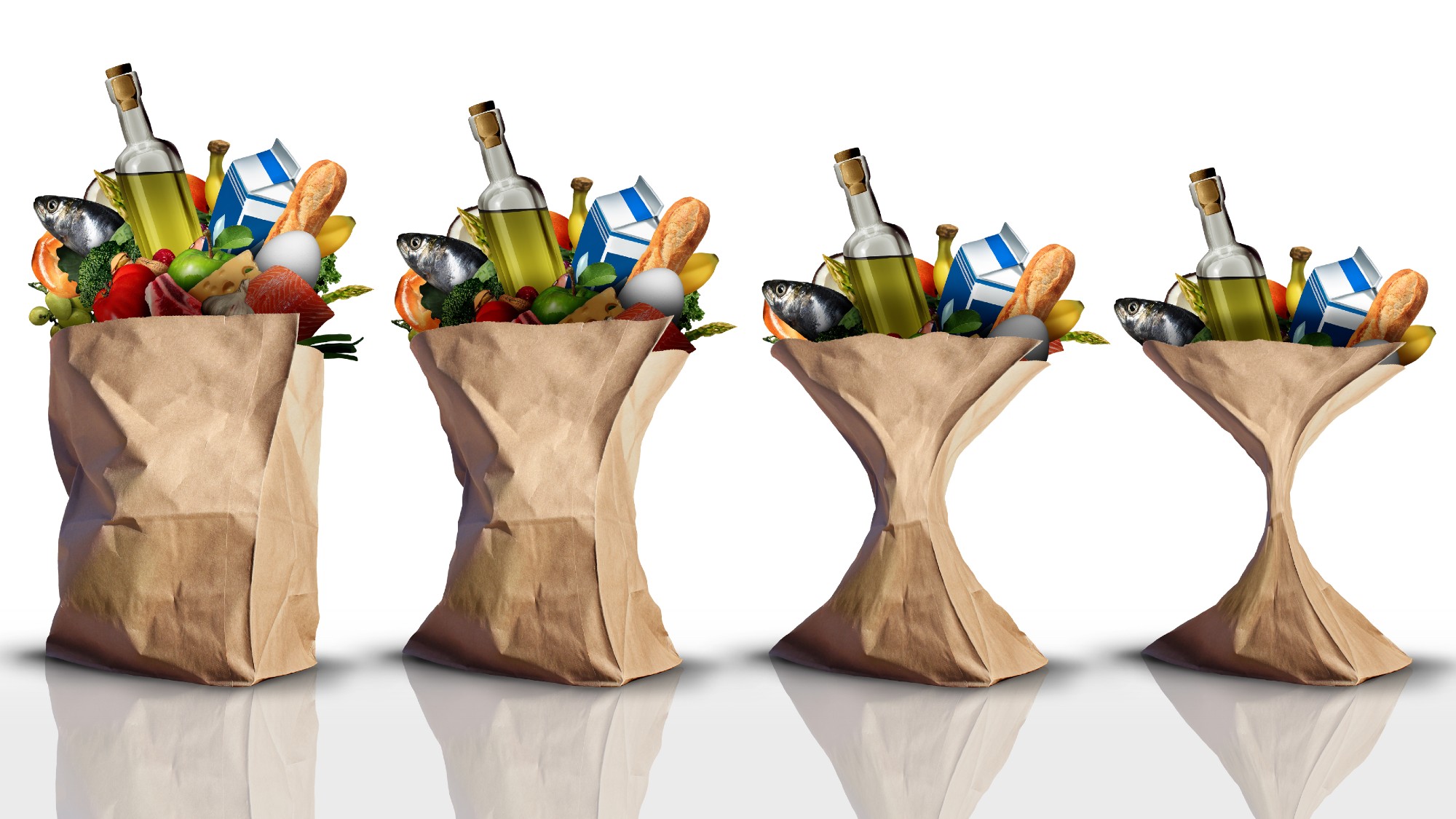Culture Craze
Shrinkflation Hits South Africa: Why You’re Paying the Same for Less

When Less Really Means More
It’s the kind of thing you only notice when you’re halfway through unpacking your groceries. That can of baked beans feels a little lighter, the bottle of tomato sauce looks a touch shorter, and suddenly you’re wondering: did they always look like this? For many South Africans, that small moment of confusion has turned into a full-blown national conversation about shrinkflation, the quiet reduction in product size without a matching drop in price.
The term may sound technical, but its impact is personal. Across grocery aisles, shoppers are finding that their trusted staples are slimming down, from 410 g tins to 400 g, 750 ml sauces to 700 ml, and even ice cream tubs that seem to have lost a few scoops along the way.
Social Media Calls It Out
The conversation exploded after a viral Instagram video by user @laurak_waves showed side-by-side comparisons of popular products, sparking a flood of online reactions. “Everybody made me feel like I was losing my mind. I’ve been saying this for years,” one user commented. Another added, “The quantity is less, but the price is more.”
While some joked about needing to bring a scale to the supermarket, others demanded accountability. Calls grew for the National Consumer Commission to investigate whether brands were being transparent enough about these changes. For everyday South Africans already stretched thin by rising living costs, it felt like yet another blow to the monthly budget, just one that came disguised in smaller packaging.
A Global Problem With a Local Pain Point
Shrinkflation isn’t unique to South Africa. It’s a global trend affecting everything from cereal boxes in the United States to chocolate bars in Europe. The driving force is the same everywhere: rising production costs. Rather than increasing prices, companies often reduce portion sizes to maintain profit margins without alarming consumers.
But here at home, the effect hits harder. With food inflation still biting, many South Africans already feel their grocery money doesn’t go as far as it used to. When beloved local brands quietly change their sizes, it can feel like trust, not just product, is being taken off the shelf.
View this post on Instagram
How to Outsmart Shrinkflation
While we can’t stop brands from adjusting their packaging, there are ways to stay a step ahead. Always compare labels and check the unit price (that small figure on the shelf that shows cost per 100 g or per litre). Sometimes, a competing brand or store version might offer more value than the one you’ve been loyal to.
Consumers can also make noise. Commenting on social media, tagging brands directly, or reporting misleading packaging to the National Consumer Commission can push companies to be more transparent. After all, honesty shouldn’t shrink when prices don’t.
The Bigger Picture: Value and Trust
Shrinkflation might seem like a numbers game, but it’s really about trust. In a country where every cent counts, discovering that your favourite products have quietly shrunk feels like a betrayal of that trust. Transparency matters, especially in an economy where consumers are paying close attention to every line on the receipt.
For now, South Africans are keeping their eyes on the shelves and their voices online. And if there’s one message that echoes from Pretoria to Cape Town, it’s this: we’ll keep buying, but only if brands stop downsizing our trust.
Follow Joburg ETC on Facebook, Twitter, TikT
For more News in Johannesburg, visit joburgetc.com
Source: Bona Magazine
Featured Image: The Week



























